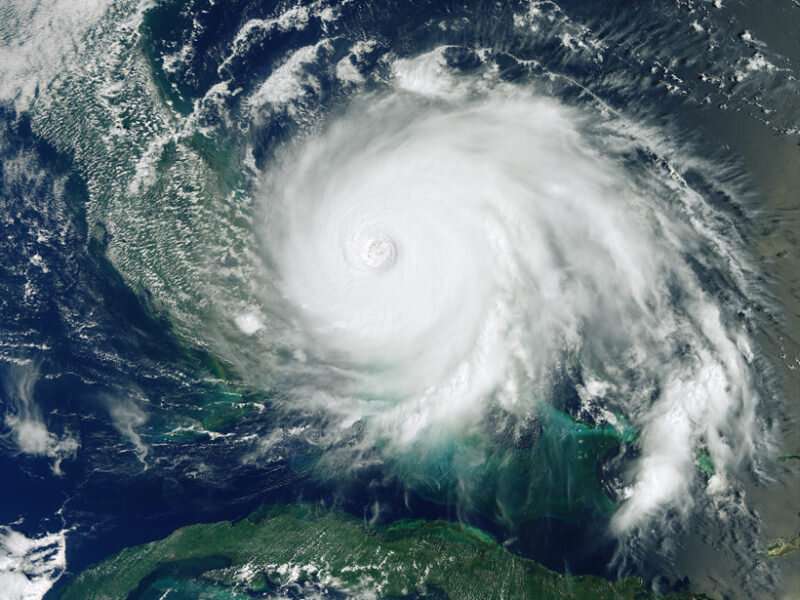Untangling drivers of ancient hurricane activity

Forecasts of hurricane frequency in a warming world remain unclear. Although scientists believe climate change will increase storm intensity, the data are murkier about whether climate will drive more hurricanes in the future. For coastal communities, understanding long-term hurricane trends is consequential: The Congressional Budget Office estimates that tropical cyclones cost the U.S. economy $54 billion annually.
To inform understanding of climate's role in past and future hurricane activity, Wallace et al. investigated whether climate explains patterns of long-term hurricane occurrence recorded in sediment cores. Using sandy layers in cores from South Andros Island in the Bahamas as a reference, the authors developed a model to mimic hurricane patterns captured in the sediments over thousands of years. They then generated 1,000 different "pseudorecords" from the same climate simulation, each of which represented a theoretical hurricane history at a single location.
Each individual record contained intervals of active and quiet hurricane activity that resembled the real patterns in the Bahamas sediment cores. If climate were responsible for these intervals, then the periods of activity and quiet should have occurred at approximately the same times in all the pseudorecords. However, the researchers found that the intervals occurred at very different times in each record, leading them to conclude that the hurricane patterns over the past millennium observed in the sediment cores more likely resulted from randomness than from climate variations. That is not to say that hurricanes occur randomly, the researchers note, but rather that climate does not clearly explain the pattern seen in any single sedimentary record.
The authors inferred that if randomness shapes individual paleohurricane records, then no single location history can implicate climate as the driver of storm patterns. The results thus highlight the need for broader data compilations to tease out climate's role in long-term hurricane activity.
More information: Elizabeth J. Wallace et al. Centennial‐Scale Shifts in Storm Frequency Captured in Paleohurricane Records From The Bahamas Arise Predominantly From Random Variability, Geophysical Research Letters (2020). DOI: 10.1029/2020GL091145
Journal information: Geophysical Research Letters
Provided by American Geophysical Union
This story is republished courtesy of Eos (https://eos.org/), by the American Geophysical Union. Read the original story here.
















